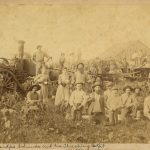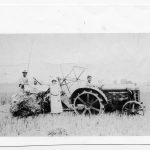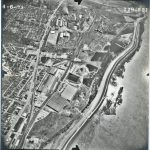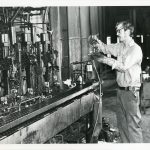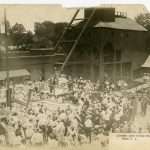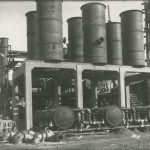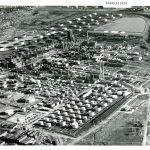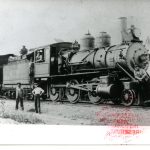Along the Mississippi River, across from St. Louis, Missouri, lies Madison County, Illinois. Part of the Metro-East region comprising various counties on both sides of the Mississippi River, Madison County is home to a number of cities, villages, and townships that speak to the larger history of the state of Illinois and the land on which it stands. Established on September 14, 1812, the county was named for President James Madison and initially included the modern state of Illinois north of St. Louis as well as all of Wisconsin, part of Minnesota, and Michigan’s Upper Peninsula. Over time, this enormous jurisdiction would be reduced to its present size of 741 square miles. An industrial region since the late 1800s, the area was first populated by the largest and most influential urban settlement of the Native American Mississippian culture – Cahokia. Containing about 80 humanmade earthen mounds near Collinsville, the Cahokia Mounds State Historic Site is now a National Historic Landmark and one of the 24 UNESCO World Heritage Sites within the United States.
In the last 250 years, Madison County’s advantageous position next to the Mississippi River has allowed it to bear witness to a variety of notable people and events in United States history. Camp Dubois, the winter camp and launch-point for the exploration of the Louisiana Purchase by the Lewis and Clark Expedition in 1803, lies within the county, as did the original City Hall in Alton, which hosted the last of the famous Lincoln-Douglas debates on October 15, 1858. The Madison County Historical Society seeks to preserve the wonderful history of the county through their mission of “Opening Doors to Madison County History.” The digital collections shared with the IDHH certainly fulfill this mission, as they provide insight into the lives of 19th-century women through a series of private letters (Private and Real), the experiences of an American nurse serving in France during World War I (In Her Own Words), and the ways in which Madison County has changed over the years (Picturing the History of Madison County).
Join us in offering a warm welcome to the Madison County Historical Society, and enjoy a few of our favorite items from their collections below:
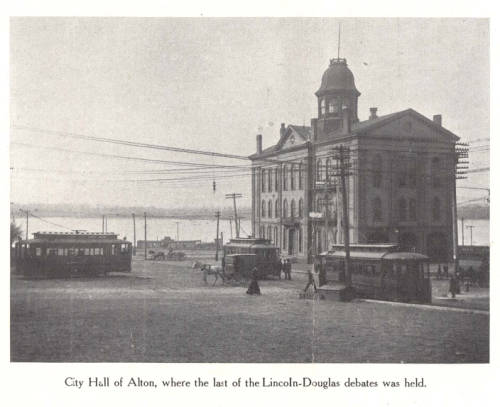
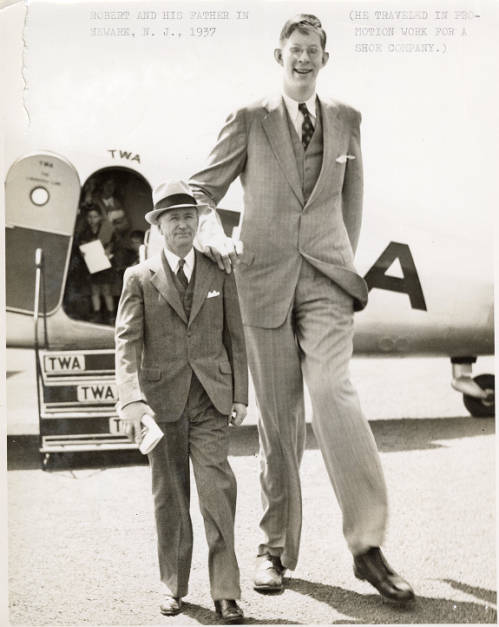
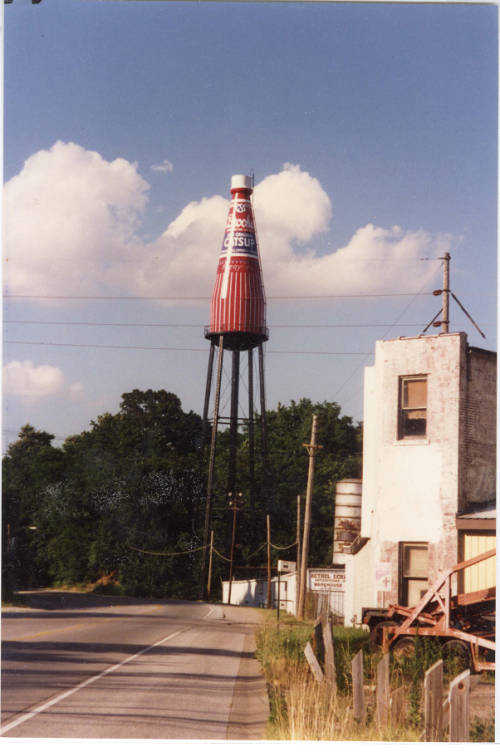
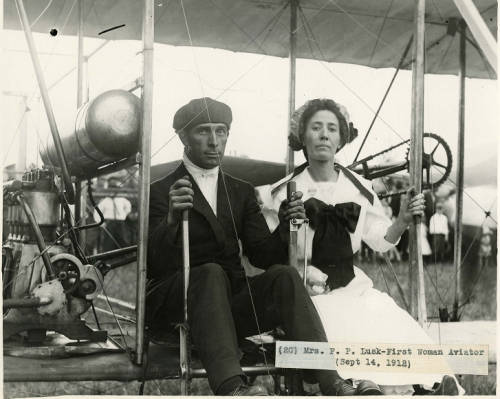
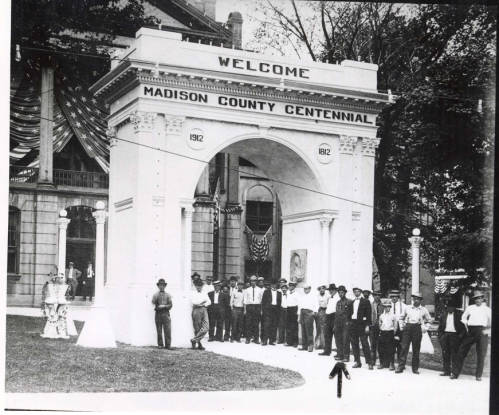
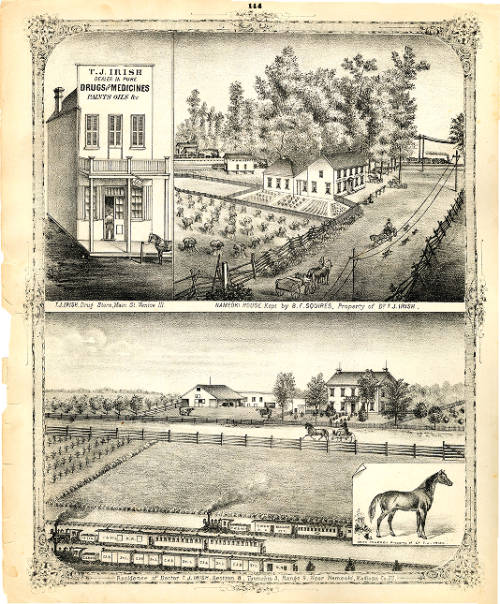
Horse Thief Detective Society. 1873. Madison County Historical Society. Picturing the History of Madison County – Selected Snapshots. Courtesy of Madison County Historical Society (IL).
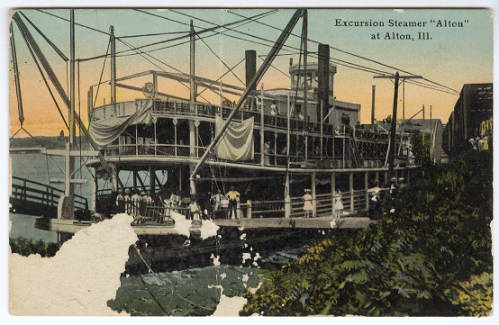
Want to see more?
Visit the IDHH to view even more items from the Madison County Historical Society.
